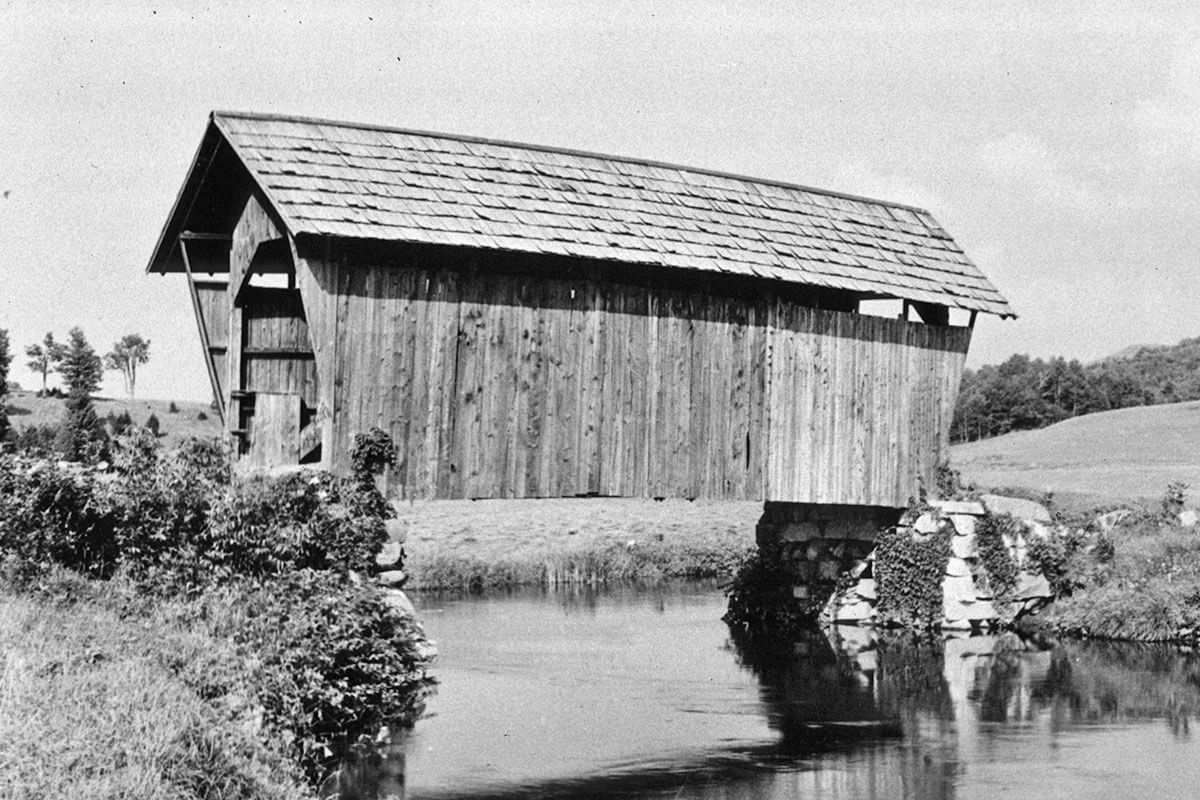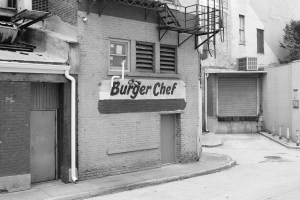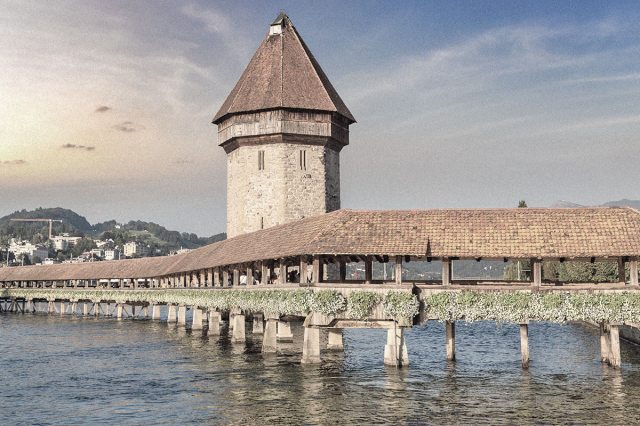Why Were Old Bridges Covered?
Covered bridges are an idyllic symbol of rural America. These charming, often hand-built structures have been romanticized in popular culture for years, from Thomas Kinkade’s painting “The Old Covered Bridge” to the novel (and film adaptation) The Bridges of Madison County. Despite their dispensability in the age of concrete and steel, these old wooden bridges continue to be beloved landmarks, their distinct roofs making them easily recognizable even today. But what exactly led to their proliferation in decades past?

A covered bridge is exactly what its name suggests: a bridge with a roof and enclosed sides, typically constructed from wood. The reason for the covering is quite simple. While there are some theories — most likely with some truth to them — that the roofs were added to keep animals calm above rushing water, or to provide shelter for travelers, the real purpose was much more practical. Wooden bridges, which were common in the U.S. and Europe in the 18th and 19th centuries due to the abundance of timber, deteriorated quickly when exposed to the elements. Rain, snow, and sunlight caused the wood to rot or warp, compromising the materials’ integrity and reducing the lifespan of the bridge. Covering the structure protected the wooden framework and deck. By keeping the timber dry, the bridge’s life could be extended by decades. Uncovered wooden bridges might last just 10 to 20 years, whereas some of America’s original covered bridges, such as the Hyde Hall Bridge in New York’s Glimmerglass State Park, remain intact almost 200 years after being built.

















